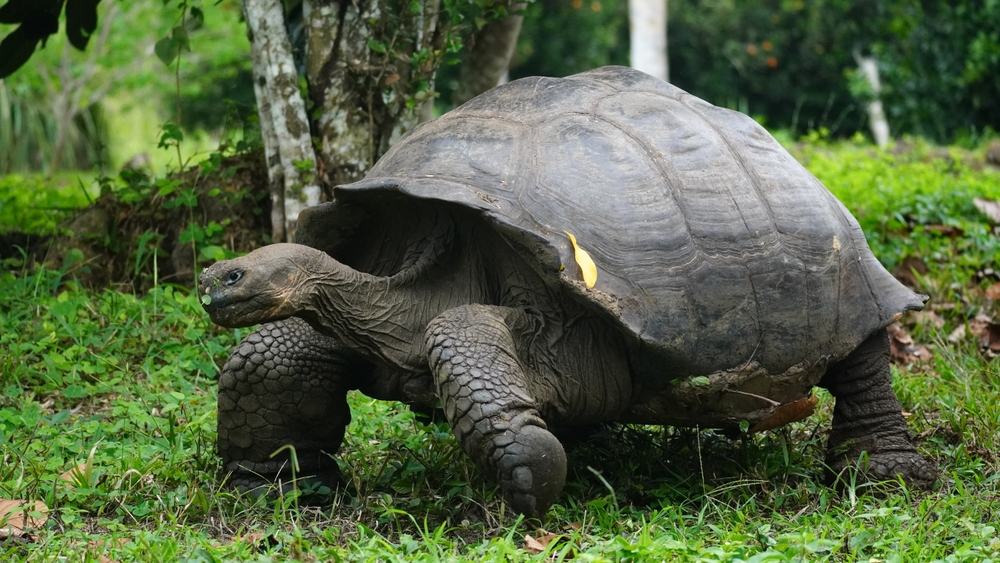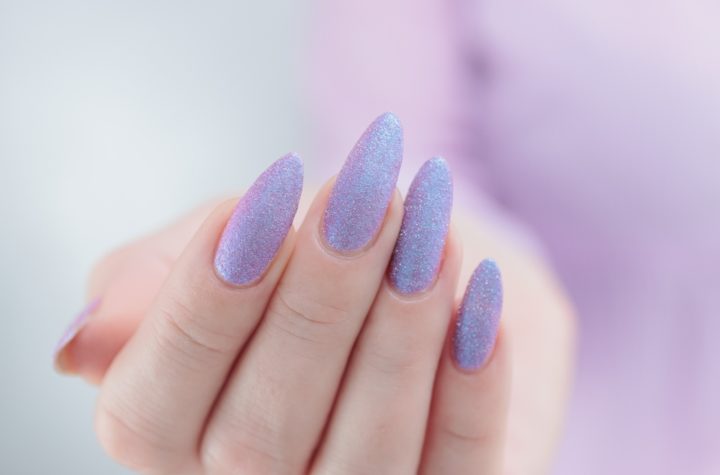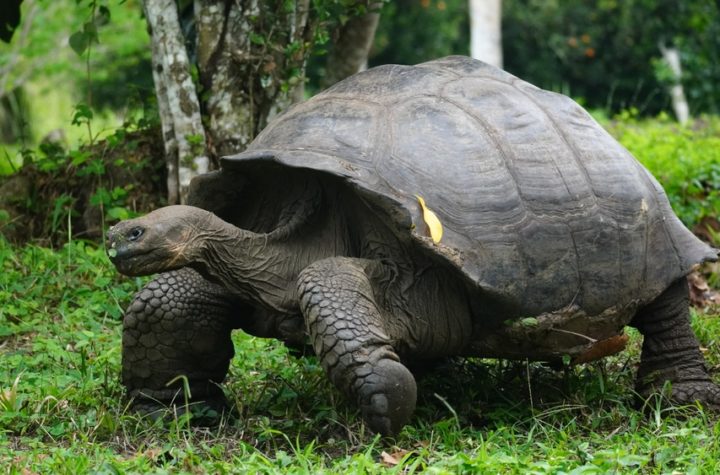Bringing a tortoise into your home can be a rewarding experience, but it comes with the responsibility of providing the right environment to keep your shelled friend healthy and happy. Unlike other pets, tortoises have specific needs that must be met to replicate their natural habitat as closely as possible. A well-designed habitat not only ensures your tortoise’s well-being but also helps to minimize stress and promote natural behaviors. In this guide, we’ll explore the essentials of tortoise habitat creation, from enclosure setup to maintaining optimal temperature and humidity levels.
Choosing the Right Enclosure
The first step in creating the ideal environment for your pet tortoise is selecting the right enclosure. Tortoises need ample space to roam, explore, and exercise, so it’s important to choose an enclosure that is both spacious and secure.
- Size and Type: The size of the enclosure should match the size and species of your tortoise. For example, a small tortoise like the Russian Tortoise can thrive in an indoor enclosure measuring at least 8 square feet, while larger species, such as the Sulcata Tortoise, may require a more expansive outdoor pen. Ensure the enclosure walls are high enough to prevent escapes and sturdy enough to keep out potential predators.
- Indoor vs. Outdoor: Indoor enclosures are suitable for smaller species or during colder months, while outdoor pens are ideal for providing natural sunlight and fresh air. Outdoor enclosures should have a secure fence, a shaded area, and predator-proofing measures. When setting up indoors, avoid glass tanks as they can cause stress due to reflections and poor ventilation.
Creating the Perfect Substrate
The substrate is the material that lines the bottom of your tortoise’s enclosure and plays a key role in maintaining the right environment.
- Substrate Options: For most tortoises, a mix of soil, coconut coir, or cypress mulch works well. This combination allows for natural digging and provides a comfortable surface for your tortoise. Avoid substrates like sand or gravel, which can be ingested and cause impaction.
- Humidity Control: The substrate also helps maintain humidity levels, which are crucial for species that require more moisture. Regular misting and the addition of a humidity hide (a small enclosed area with damp substrate) can help achieve the desired humidity range.
Lighting and Temperature Regulation
Tortoises are ectothermic reptiles, meaning they rely on external heat sources to regulate their body temperature. Proper lighting and temperature control are essential for their health.
- Basking Area: Create a basking spot with a heat lamp that maintains a temperature of 90-95°F (32-35°C). This allows your tortoise to warm up as needed. The rest of the enclosure should have a temperature gradient, with cooler areas around 75°F (24°C).
- UVB Lighting: UVB light is crucial for vitamin D3 synthesis, which helps tortoises absorb calcium and maintain healthy bones and shells. Ensure your UVB lamp covers the entire enclosure and replace the bulb every six months, as UVB output diminishes over time.
- Nighttime Temperatures: Tortoises require a drop in temperature at night to mimic their natural environment. Ensure nighttime temperatures do not fall below 65°F (18°C), depending on the species.
Providing Shelter and Enrichment
Tortoises need areas where they can feel safe and exhibit natural behaviors such as burrowing and hiding.
- Hides and Burrows: Include multiple hiding spots in the enclosure, such as small caves, wooden logs, or tunnels. These provide security and allow your tortoise to retreat when it feels threatened or needs to cool down.
- Enrichment Items: Tortoises enjoy exploring their environment. Incorporate rocks, plants, and varied terrain to keep them engaged. Avoid toxic plants and ensure any decorations are safe and sturdy.
Diet and Water Access
A balanced diet and fresh water are vital for your tortoise’s health. While dietary needs can vary between species, most tortoises thrive on a diet of leafy greens, vegetables, and occasional fruits.
- Feeding Area: Designate a feeding spot in the enclosure that is easy to clean. Remove uneaten food promptly to avoid attracting pests or mold.
- Water Dish: Provide a shallow water dish that allows your tortoise to drink and soak. The dish should be large enough for your tortoise to enter but shallow enough to prevent drowning. Clean and refill the water daily.
Monitoring and Maintenance
Regular monitoring and maintenance are essential to keep your tortoise’s environment in top condition.
- Temperature and Humidity Monitoring: Use thermometers and hygrometers to regularly check temperatures and humidity levels in different parts of the enclosure. Adjust heating, lighting, or misting as needed to maintain optimal conditions.
- Cleaning: Keep the enclosure clean by removing waste, uneaten food, and replacing dirty substrate. Regular cleaning helps prevent the buildup of harmful bacteria and maintains a healthy environment for your tortoise.
Conclusion
Creating the ideal environment for your pet tortoise is a rewarding endeavor that requires careful planning and attention to detail. By understanding your tortoise’s natural needs and replicating them in your home, you can ensure your pet thrives and enjoys a long, healthy life. Whether you choose an indoor or outdoor setup, focus on providing ample space, proper lighting, and a nutritious diet to keep your tortoise happy and active.

“Avid travel ninja. Devoted pop culture fanatic. Freelance coffee enthusiast. Evil analyst.”











More Stories
Acrylic or Gel? Key Differences to Help You Decide
In Search of Adrenaline: What Kinds of Extreme Tourism to Try
What to Do if Your Laptop Is Warm: 7 Useful Tips